Varieties of vegetable basil, of which there are dozens in the European Union's plant registry, differ in taste, aroma, bush height, and leaf colour. 'Basilisk', added to the official list in 2003, is suitable for cultivation both in gardens and in pots on windowsills. It is used for preparing marinades, salads, sauces, and many hot dishes. This variety requires adherence to specific care rules.
Table of contents
What is this basil variety?
Basilisk basil has small green, egg-shaped leaves. Its clove-pepper aroma makes it widely used in marinades and as a salad seasoning.
The flowers are white, growing in dense buds. Harvesting begins 60 days after planting.
Brief history of origin and distribution
Basil was first cultivated around 5000 years ago in the territories of modern-day India and Iran. It reached Europe in the 4th century BC.
- In Rome, basil was used as a medicinal plant. However, Galen, the Roman scholar, considered it poisonous. His theory was refuted by Pliny the Elder, who claimed the plant had no toxic properties and instead acted as an aphrodisiac.
- In India, basil is still considered sacred. A person must apologise if they accidentally touch it.
- In France, by the 18th century, basil had become a primary spice, widely used in cooking. Many modern French dishes include this herb.
- In Central Europe, the plant arrived in the late 17th century. Initially used medicinally, it gradually became a staple in meat dishes.
Differences from other varieties
Basilisk is one of the most compact basil varieties. It can be grown not only in open beds but also in flower pots. The bush height typically does not exceed 20 cm.
Characteristics and description
Basilisk is an early-maturing variety. Its distinctive feature is its dwarf growth, making it ideal for indoor cultivation.
The plant has dense foliage. All green parts carry a peppery and clove-like aroma. This variety is considered universally suitable for culinary use.
Chemical composition
Basil contains numerous vitamins and minerals. The composition per 100 g of fresh leaves includes: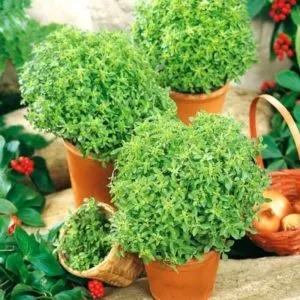
- Calcium – 177 mg;
- Magnesium – 64 mg;
- Vitamin C – 18 mg;
- B vitamins – 13 mg;
- Vitamin K – 415 µg;
- Sodium – 4 mg;
- Potassium – 295 mg;
- Copper – 0.4 mg;
- Manganese – 1.1 mg;
- Phosphorus – 56 mg;
- Iron – 3.2 mg;
- Zinc – 0.8 mg;
- Selenium – 0.3 µg.
This composition has a beneficial effect on health. 100 g of fresh leaves contain 27 kcal, while dried basil has an energy value of 250 kcal per 100 g.
The plant’s properties stimulate the nervous system and strengthen immunity. Beyond cooking, it is used to treat respiratory, fungal, viral, and bacterial infections.
Hardiness
The plant thrives in moist soil but struggles in dry conditions, requiring frequent watering.
The ideal temperature range is +20…+25°C. Higher temperatures make the plant more susceptible to diseases.
Under favourable conditions and proper care, the plant is resistant to infections and pests.
Flavour and aromatic qualities
All green parts of Basilisk basil have a delicate taste and pleasant fragrance. In dishes, its properties develop gradually—first a mild bitterness, followed by a sweet aftertaste.
The herb pairs excellently with other spices. When mixed with rosemary, it enhances a peppery aroma.
Culinary uses
Basilisk is versatile and used in many dishes—salads, drinks, marinades, soups, meat, and fish preparations. It also complements all vegetables well.
Growing techniques
Use high-quality seeds—whole and large. Soak them for 8-10 hours in a weak solution of potassium permanganate or wood ash, then dry.
Basil is light-loving, so containers should be placed on south-west or south-east-facing windows.
Optimal conditions
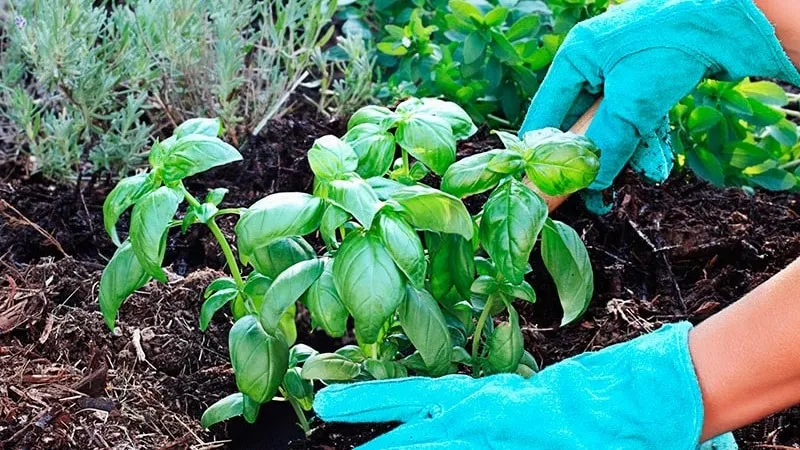
Minimum daylight duration – 12 hours. In autumn and winter, supplemental lighting (grow lights or daylight lamps) is necessary.
The ideal temperature is +20…+25°C. Humidity is also crucial—regular misting is needed in hot summers to prevent leaf drying. A kitchen environment is often ideal.
In summer, keep the soil consistently moist. Water as the top layer dries, using lukewarm water (~30°C).
Fertilise with humus-based products after pruning to aid recovery.
Planting schedule and guidelines
Outdoor planting occurs in spring when night temperatures stay above +5°C. Indoors, year-round cultivation is possible with sufficient light.
Sow seeds 2 cm deep, 1 cm apart. Germination takes about a week.
Ongoing care
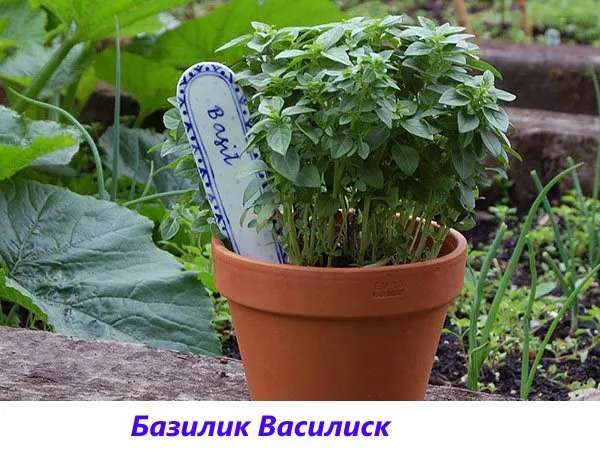
Essential care practices:
- Regular fertilisation (wood ash, compost, nettle infusion). First application—one week post-germination, then monthly.
- Consistent moisture—soil should never fully dry out.
- Begin harvesting when shoots reach 20 cm (≈4 weeks). Post-harvest feeding prevents wilting.
- Gentle soil aeration improves oxygen flow to roots.
Potential issues: diseases and pests
Most common diseases:
- Damping-off. Fungal infection from overwatering/acidic soil. Blackened stems lead to plant death via vascular blockage.
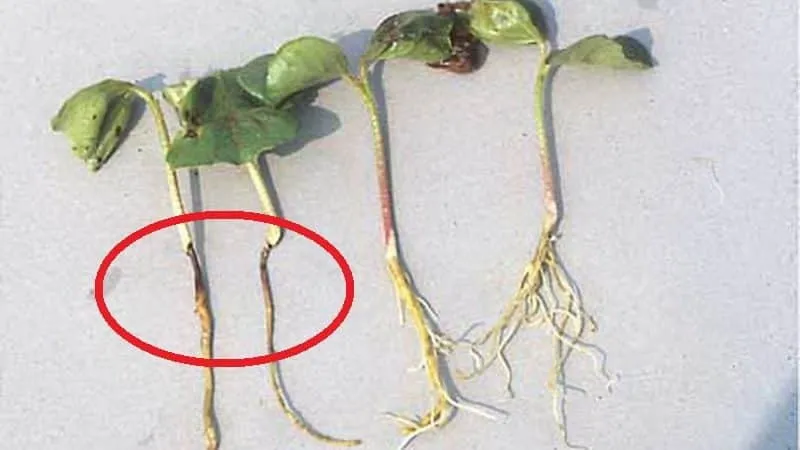
- Fusarium. Fungus attacking young plants; releases toxins. Tops wither before total collapse. Triggered by excessive heat.
- Grey mould. Primarily affects greenhouse plants but can occur indoors/outdoors. Light brown lesions appear. Early treatment: onion skin infusion.
Common pests:
- Aphids. Leaves curl; stems stunt as sap is drained. Remove with garlic/onion/wormwood/yarrow decoction (weekly for 3 weeks).
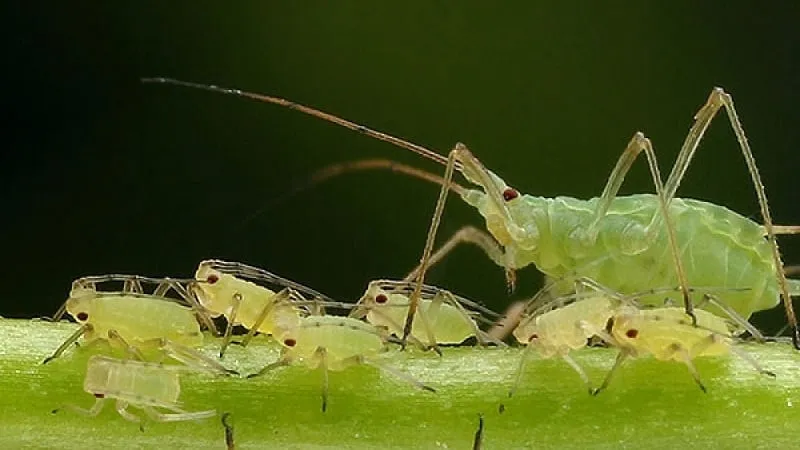
- Field bugs. Also sap-feeders. White leaf spots darken over time. Same treatments as aphids apply.
Preventative measures:
- Weekly soil treatment with hardwood ash.
- Regular pot soil aeration.
- Moderate watering—avoid extremes.
- Prompt removal of infected branches.
Seedling cultivation specifics
Growing from seedlings is more labour-intensive but yields earlier harvests—often preferred for commercial production.
Soak seeds 4-6 hours in potassium permanganate/ash solution. Prepare soil mix: 55% standard soil, 30% sand, 15% peat for fertility/looseness.
Fill pots with 2 cm drainage (gravel), then soil. Sow seeds 1-2 cm deep. Germination in 5-7 days. If peat/compost was added, skip fertilising—just monitor moisture. Transplant outdoors at 5-8 cm height.
Greenhouse cultivation
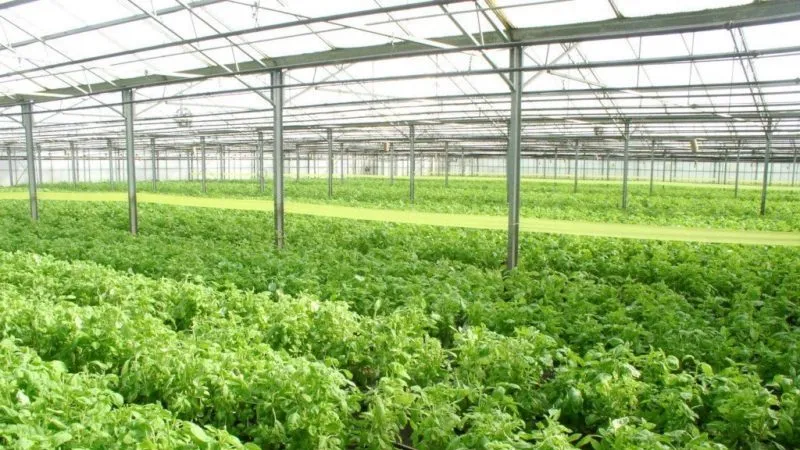
Use wooden/plastic trays pre-treated with 3% copper sulphate solution.
Prepare fertile mix: 25% soil, 25% compost, 10% gravel, 40% sand. Fill trays, level, create 2 cm-deep rows (6 cm apart). Sow seeds, mist, cover with soil, water, and wrap in film.
Water generously first 4 weeks, then reduce to prevent fungal growth.
Pros and cons
Advantages:
- Versatile—suits meats, fish, vegetables.
- Leaves and stems share excellent aroma.
- Disease/pest-resistant.
- Compact size enables windowsill growth.
Minor drawback: smaller bushes mean lower yield per area versus other varieties.
Grower testimonials
Gardeners generally praise this variety.
Sophie, Île-de-France: “Started seedlings in February. Germination was uneven—I had to rotate plants under my single grow light. Labour-intensive, but by summer, bushes reached 25 cm. Strong, pleasant aroma with a nice bitter note.”
Maria, Bavaria: “Wanted indoor basil—my first attempt. A shop recommended Basilisk. Bought fertile soil, covered pots with film, aired daily. Initial sprouts were leggy until I added a grow light. Two months later—plenty of fragrant leaves!”
Conclusion
Basilisk basil thrives outdoors, in greenhouses, or on windowsills. For indoor success, ensure ample light, proper feeding, and balanced humidity.







